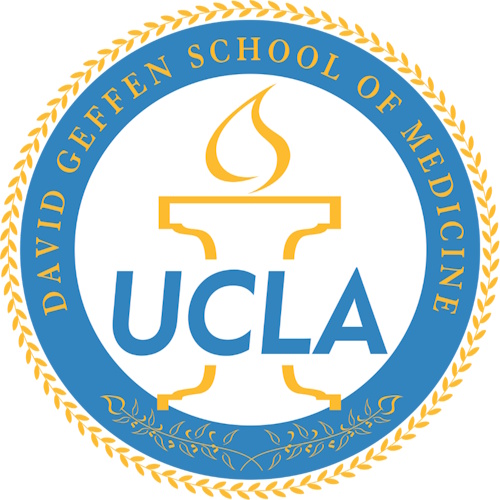Leonard P. Guarente on NAD, Sirtuins and Aging
Explains NAD+ synthesis is circadian, and how SIRT1 is critical in ISCs - 2016 Roy Walford lecture
Studied ageing in yeast budding - naturally 20 generations.
If SIR2 ablated then generations reduced, overexpressed and it increased.
Sirtuins (SIR2 homologs) shown to increase lifespan in worms, flies and mice.
7 sirtuins named SIRT1 to SIRT7.
SIRT3-5 coded in DNA but reside in mitochondria.
drive oxidative metabolism in mitochondria.
Force cells to produce ATP.
Caloric restriction not effective in mouse with SIRT3 knocked-out.
Unable to reduce oxidative damage.
NAD+ and sirtuins link circadian clock to metabolism.
NAD+ synthesis is circadian.
Sirtuins protect against many diseases of aging in rodent models - including cancer, diabetes, neurodegenerative, CVD, osteoporosis
SIRT6 suppresses glycolysis which is cancer cells' preferred energy production pathway.
SIRT4 blocks glutamate.
SIRT1/SIRT6 involved in DNA repair.
Over expression of SIRT1 in gut increases size of crypt showing increase in number of intestinal stem cells (ISCs).
Mimics response to calorie restriction.
Grew organoid colonies of stem and paneth cells - confirmed SIRT1 was critical in stem cells.
Rapamycin blocks CR effects in vivo.
Aging degrades the SIRT1/mTORC1 pathway and causes ISC loss.
Stem cells per crypt reduces from 5 to 3 between 3 and 30 months.
Paneth cell number does not decline in old mice.
Nicotinamide reboside (NR) restores ISC function ex vivo and ISC number in vivo.
Wiring of pathways important in ageing can be cell-type specific.
Visit website: https://www.youtube.com/watch?v=pSU96tdQSp4
See alsoDetails last updated 19-Jun-2020


/calorie-restriction-cr-thumbnail.jpg)


